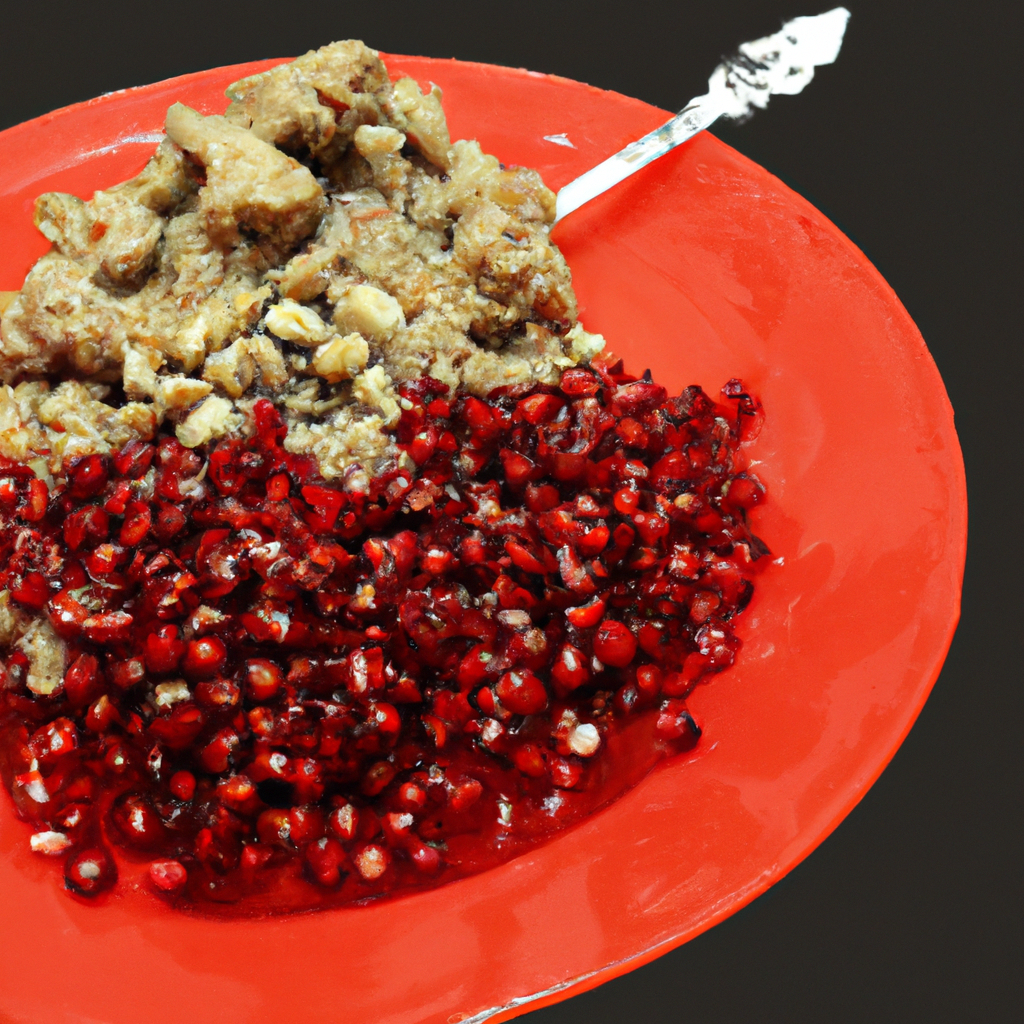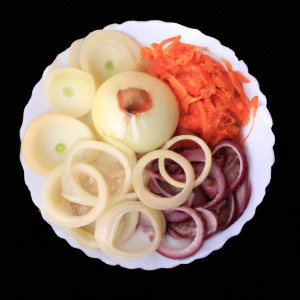Master Your Heritage: Enroll in Our National Dish Preparation Courses Today!
Ah, paella. Just the mention of it brings back a flood of memories from my travels through Spain. It’s not just a dish; it’s an experience, a tradition woven into the very fabric of Spanish culture. If you’ve ever had the pleasure of savoring a truly authentic paella, you’ll know what I mean. The aroma alone can transport you to the bustling streets of Valencia or the sunny shores of Andalusia.
I remember my first taste like it was yesterday. Picture this: a warm summer evening in Valencia, sitting at an outdoor café as the sun began its slow descent behind ancient buildings. A local friend had insisted we try his favorite spot for paella—one he claimed was “the real deal.” And boy, he wasn’t kidding!
As they placed that large pan on our table, the golden saffron rice glistening under strings of twinkling lights, I couldn’t help but dive right in (perhaps with less grace than intended). The flavors were rich and deep—the smoky paprika mingled perfectly with the fresh seafood and tender chicken pieces. Each bite was like uncovering a new story within this culinary masterpiece.
Now here’s something interesting I learned during that trip: traditionally, paella isn’t actually made with seafood! Who knew? In Valencia, where paella originated, it’s more common to find it made with rabbit and snails—ingredients that aren’t exactly staples in my kitchen back home! But hey, when in Rome—or rather Spain—you embrace new things.
Over time and many trips later (yes—I’m one lucky traveler), I’ve picked up some tips on how to master making paella myself. Let me tell ya’, it’s not just about tossing ingredients together willy-nilly; there’s an art to it—a rhythm almost like dancing flamenco.
One thing that’s crucial is getting your hands on good-quality saffron because without those tiny threads giving their color and flavor magic… well…you’re missing out big time! Another tip is patience while cooking—the socarrat (that crispy layer of rice at the bottom) needs time to form properly so don’t rush turning up heat thinking faster means better—it doesn’t!
I once tried making paella for friends using short-grain rice I found locally instead of Bomba or Calasparra rice typically used in Spain—and let’s just say we ended up ordering pizza after battling mushy results (oops!). So yeah—lesson learned: sourcing authentic ingredients really does make all difference!
Aside from technical stuff though—I think what makes creating paellas special are moments shared around them—like when I visited family-run restaurants tucked away down narrow cobblestone alleys where grandmas stirred oversized pans filled lovingly by hand-me-down recipes passed through generations…or joining locals along beaches gathering wood fires cooking communal meals washed down naturally by laughter mixed sangria glasses clinking nearby tables…
Cooking this dish isn’t only about following rules—but also embracing joy found spending quality times connected others celebrating life over good food despite imperfections may arise efforts aiming perfect execution result-wise itself sometimes beautifully messy journey worth relishing unto last grain eaten together cherished thereafter…
So if you ever fancy taking plunge yourself embarking own adventure mastering flavorful gem called ‘pa-eh-yah,’ remember these stories—they’ll add sprinkle inspiration amidst stirring ladle guiding heart towards recreating little piece Spain wherever land happens greet tastebuds next craving wanderlust culinary path leads wandering soul dreams distant lands yet unseen…

